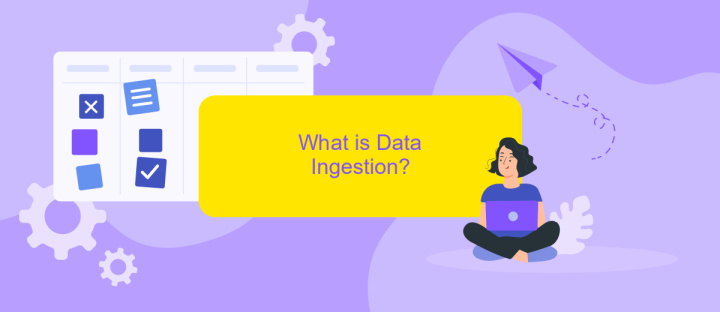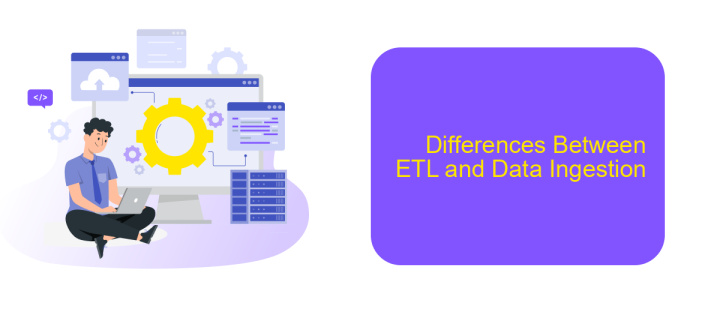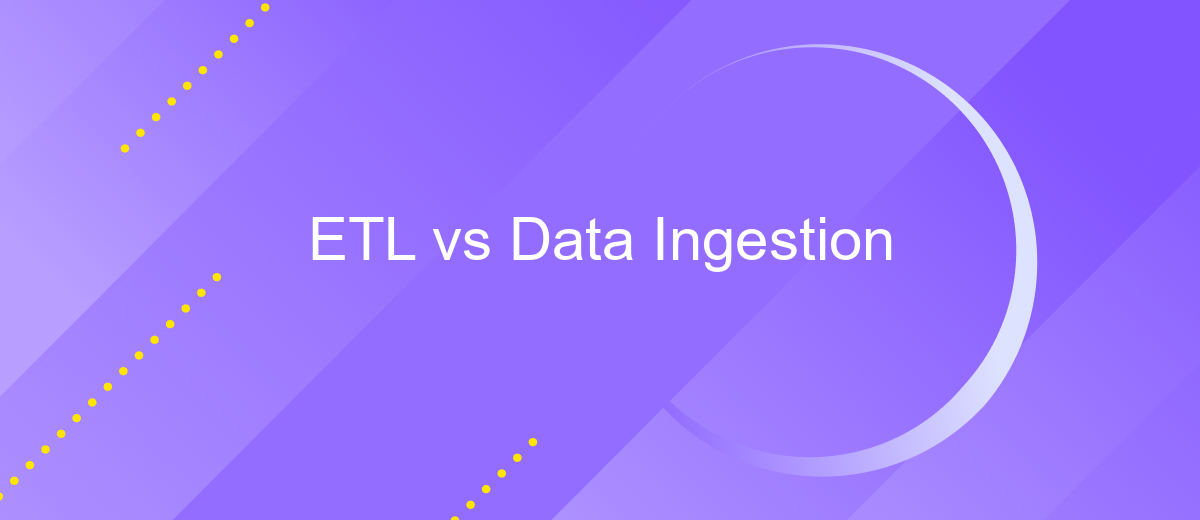ETL vs Data Ingestion
In the realm of data management, ETL (Extract, Transform, Load) and data ingestion are pivotal processes that ensure the seamless flow of information from various sources to a centralized system. While both aim to streamline data handling, they serve distinct purposes and involve different methodologies. This article explores the key differences, benefits, and use cases of ETL and data ingestion.
Introduction
In the realm of data management, understanding the differences between ETL (Extract, Transform, Load) and data ingestion is crucial for making informed decisions about data integration strategies. Both processes are essential for moving data from various sources to a centralized system, but they serve different functions and offer unique benefits.
- ETL: This process involves extracting data from different sources, transforming it into a suitable format, and loading it into a data warehouse or database.
- Data Ingestion: This refers to the process of importing, transferring, loading, and processing data for immediate use or storage in a database.
Choosing the right approach depends on specific business needs and technical requirements. For instance, services like ApiX-Drive can simplify the integration process by automating data transfers between various platforms, making it easier to manage both ETL and data ingestion tasks. Understanding these processes and leveraging the right tools can significantly enhance data management efficiency and accuracy.
What is ETL?

ETL, which stands for Extract, Transform, Load, is a data integration process used to collect data from multiple sources, transform it into a usable format, and then load it into a destination system, such as a data warehouse or database. This process is crucial for organizations looking to consolidate data from various systems, ensuring it is clean, consistent, and ready for analysis. The extraction phase involves retrieving raw data from disparate sources, the transformation phase converts this data into a standardized format, and the loading phase involves inserting the transformed data into the target system.
ETL processes are essential for businesses that rely on data-driven decision-making, as they ensure the data is accurate and accessible. Tools like ApiX-Drive can simplify the ETL process by automating data extraction, transformation, and loading, reducing the need for manual intervention and minimizing errors. By leveraging such services, companies can streamline their data workflows, improve data quality, and focus more on deriving insights from their data rather than managing the complexities of data integration.
What is Data Ingestion?

Data ingestion is the process of obtaining and importing data for immediate use or storage in a database. It is a crucial step in the data pipeline, ensuring that data is available for analysis and decision-making. Data ingestion can handle various data types, including structured, semi-structured, and unstructured data, making it versatile for different use cases.
- Batch ingestion: Data is collected and transferred in large chunks at scheduled intervals.
- Real-time ingestion: Data is collected and transferred immediately as it is generated.
- Streaming ingestion: Data is ingested continuously, often in small increments, to provide near-instantaneous updates.
Services like ApiX-Drive can simplify data ingestion by automating the integration process between various data sources and destinations. With ApiX-Drive, businesses can set up workflows that collect data from different platforms and transfer it to their preferred storage or analysis tools, ensuring seamless and efficient data management. This helps organizations to focus more on data analysis and less on the complexities of data collection and integration.
Differences Between ETL and Data Ingestion

ETL (Extract, Transform, Load) and Data Ingestion are two critical processes in data management but serve distinct purposes. ETL focuses on extracting data from various sources, transforming it into a suitable format, and loading it into a target system, like a data warehouse. Data Ingestion, on the other hand, involves the collection and importation of data from multiple sources into a storage medium where it can be accessed and analyzed.
One of the primary differences between ETL and Data Ingestion is the complexity and depth of data transformation. ETL processes often involve complex transformations and data cleansing, making it suitable for structured data environments. Data Ingestion is generally more straightforward, focusing on the rapid collection of raw data, which can be either structured or unstructured.
- ETL: Complex transformations, data cleansing, structured data.
- Data Ingestion: Rapid collection, minimal transformation, raw data.
Another key difference lies in the tools and services used for each process. ETL often requires specialized software for intricate data manipulation, while Data Ingestion can leverage services like ApiX-Drive for seamless integration of various data sources, ensuring quick and efficient data flow into your storage systems.


Conclusion
In conclusion, both ETL and Data Ingestion play crucial roles in the data management ecosystem. ETL processes are essential for transforming and loading data into a structured format, making it suitable for analytics and business intelligence. On the other hand, Data Ingestion focuses on the initial phase of collecting raw data from various sources, ensuring that the data pipeline remains robust and efficient.
Choosing between ETL and Data Ingestion largely depends on the specific needs of your organization. For seamless integration and automated workflows, services like ApiX-Drive can be invaluable. ApiX-Drive simplifies the process of connecting different data sources, enabling smooth data ingestion and transformation. By leveraging such tools, businesses can optimize their data strategies, ensuring that they get the most out of their data assets.
FAQ
What is the difference between ETL and Data Ingestion?
When should I use ETL over Data Ingestion?
Can ETL and Data Ingestion be automated?
What are the common challenges in ETL and Data Ingestion?
How do I choose the right tool for ETL or Data Ingestion?
Strive to take your business to the next level, achieve your goals faster and more efficiently? Apix-Drive is your reliable assistant for these tasks. An online service and application connector will help you automate key business processes and get rid of the routine. You and your employees will free up time for important core tasks. Try Apix-Drive features for free to see the effectiveness of the online connector for yourself.

